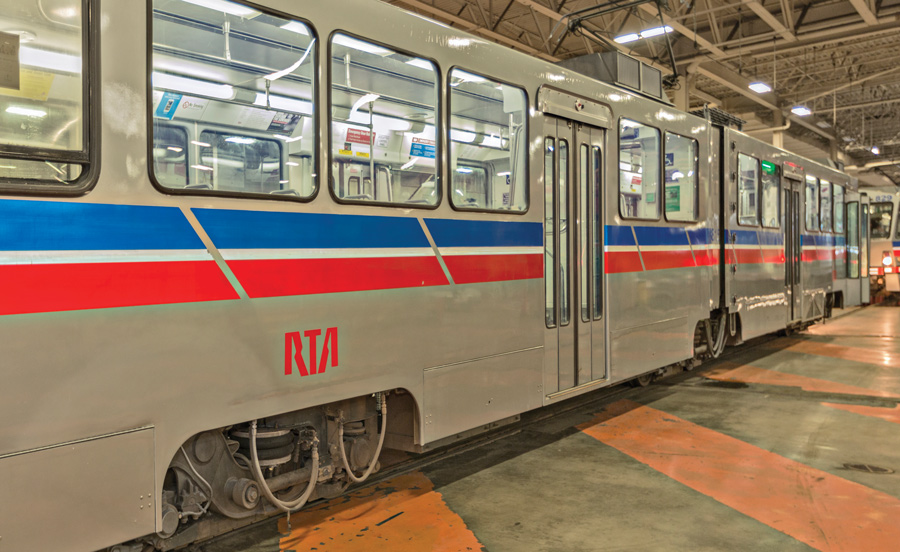Plastics such as acrylonitrile-butadiene-styrene (ABS), high-density polyethylene (HDPE), polyvinyl chloride (PVC), acrylic and polycarbonate (PC), among others, are being used in countless applications within the rail, bus, automotive, marine, heavy equipment, recreational and specialty vehicle (ambulance, emergency vehicle, fire truck) markets. From interior panels and partitions, dashboards, cabinetry, shrouds and housings to air deflectors, boat hatches, signage, windshields and windows, performance plastics play a key role in transportation.
A growing trend within the recreational and specialty vehicle markets is the use of foam, rigid and multilayer PVC for a diverse range of applications such as interior wall and ceiling paneling, cabinetry, shelving, partitions and seating base components. Given the supply chain issues with wood composites, PVC is an ideal alternative. The cellular polymer composition of PVC offers excellent resistance to moisture, mold, mildew and bacterial growth, easy fabrication, superior screw retention, ease of cleaning and is self-extinguishing. At nearly half the weight of medium-density fibreboard (MDF) and particleboard, its lighter weight helps reduce operator, fabricator and installer fatigue, as well as decreases handling and freight costs and the need for robust packaging required to ship heavy components. PVC is being viewed as the smart alternative to wood substrates.
Mass transit agencies depend on high-performance materials to provide the fuel efficiency and safety required to withstand the rigors of daily vehicle service. At half the weight of glass and virtually unbreakable, transportation-grade PC has been a proven alternative to glass for glazing in railcars and buses, reducing fuel consumption and unplanned maintenance and replacement costs while improving in-service availability. This optically clear PC provides excellent abrasion resistance, UV resistance and high light transmission, all while meeting the strict requirements of the Federal Railroad Administration.

As an example, this advanced technology was used in a recent polycarbonate glazing installation in the railcars of the Cleveland Regional Transit Authority with impressive results. Independent testing showed the replacement glazing solution provided:
- Much better solar heat gain co-efficient (SHGC) than traditional polycarbonate glazing with twice the light transmission.
- Cooling loads were reduced by 20 percent, equating to a lower carbon footprint and reduced energy costs.
- 60 percent less HVAC cycle times resulting in substantial energy savings and equipment wear and tear.
- Safer environment for security personnel allowing for easier visibility inside the rail cars due to higher light transmission.
- Allowed more daylight into the cars creating a more pleasant and healthier environment.
- Solar technology is homogenous throughout the sheet resulting in no chance of delamination as seen in similar film type materials.
Performance plastics have helped the transportation industry evolve. Today’s vehicles are lighter in weight, more energy efficient, more durable, safer and more comfortable. As plastic manufacturers continue to innovate, additional opportunities will help the transportation industry “roll on.”